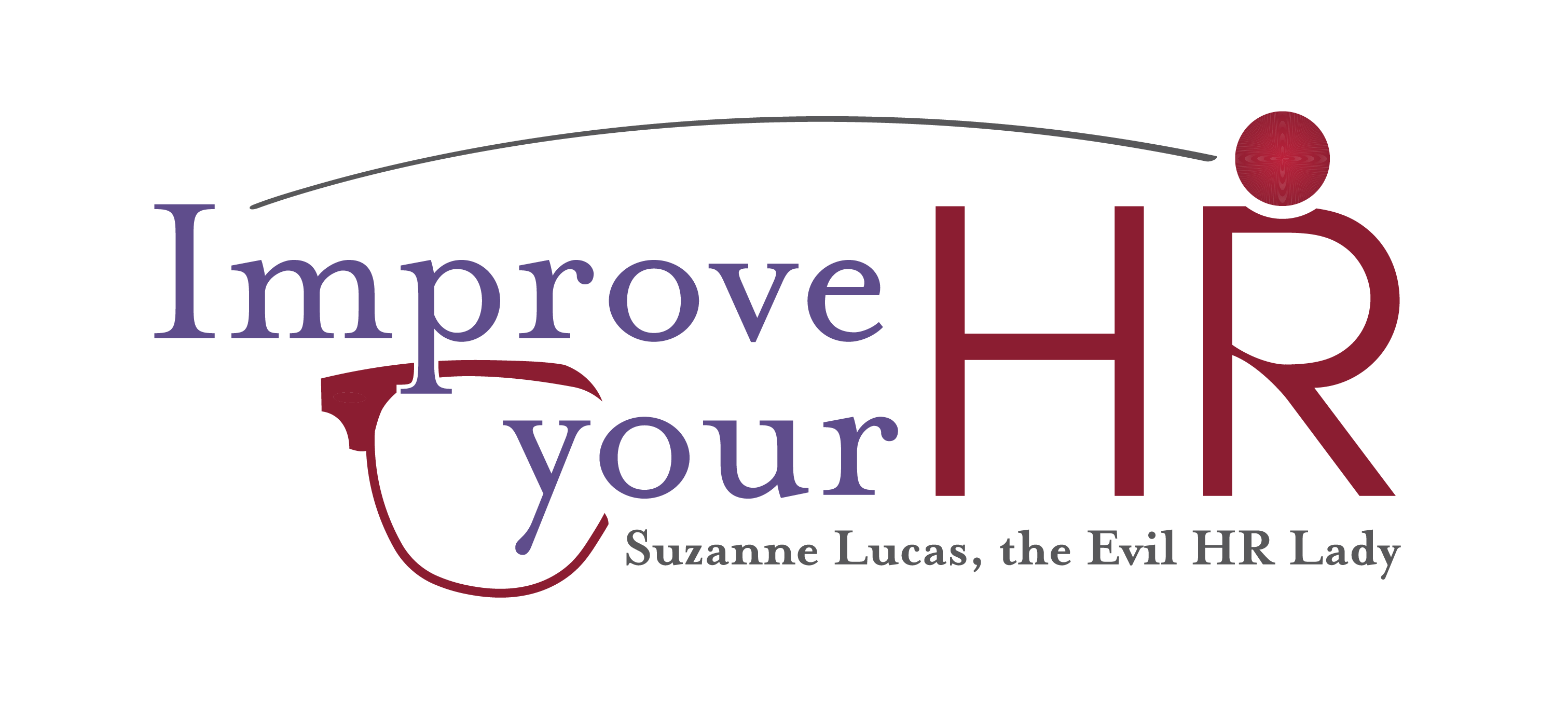Apple recently announced that the iPhone X will utilize face recognition technology instead of the current thumbprint for personal identification purposes. So it’s only logical for you to start wondering if this is new technology you’ll need to invest in for your business sooner than later. Maybe, and maybe not.
Here are some pros and cons of adopting this technology.
More Accurate Than You Might Expect
If you’re thinking about the facial recognition software that tags photos automatically in Facebook, be aware that the new iPhone X program is completely different. According to Forbes, the new Face ID works by using 30,000 infrared dots that map the face. It’s supposed to only activate when the user is looking directly at it with their eyes open. Additionally, it’s supposed to have a false positive rate of one in a million. The current thumbprint technology used by iPhones has a 1 in 50,000 false positive rate, notes Forbes. In other words, the technology can deliver accuracy, and unlike a scannable badge, your face can’t accidentally be left on the subway.
To keep reading, click here: Should Your HR Department Use Facial Recognition Technology

Just using the technology as shown in movies isn’t hack proof. Plus it creates a threat of bodily harm. When total encryption is developed to bypass and all hacking, then technology is safe.
Companies need to have hackers on staff at present time
There isn’t a biometric ID system in existence that can’t be – and hasn’t been – hacked. The companies that sell them downplay both false positive and false negatives, and in the lab they can minimize both. But in real world conditions, these things happen. Most such systems can be fooled using fairly low tech, inexpensive stuff readily available to the average person.
Fingerprint scanners can be fooled with gummy candy. Mythbusters fooled what was, at the time, a brand new, state of the art fingerprint scanner that used some kind of capacitance system to detect whether or not what was pressed against it was living flesh – with a Xerox of a fingerprint. They had to lick the paper to make it damp.
Retina scanners have been fooled with similar low test efforts.
Even DNA can be faked.
The technology continues to improve, and using it for access by known people – employees logging into their computer, for instance – is about the most reliable use of it. But it’s not perfect, no matter what Apple’s marketing department says. There are already real world examples of false positives on their system, especially false positives among siblings.
Whether or not a company should adopt the technology is a question that should be taken very seriously, and the answer should involve real world testing, not just expert opinions.